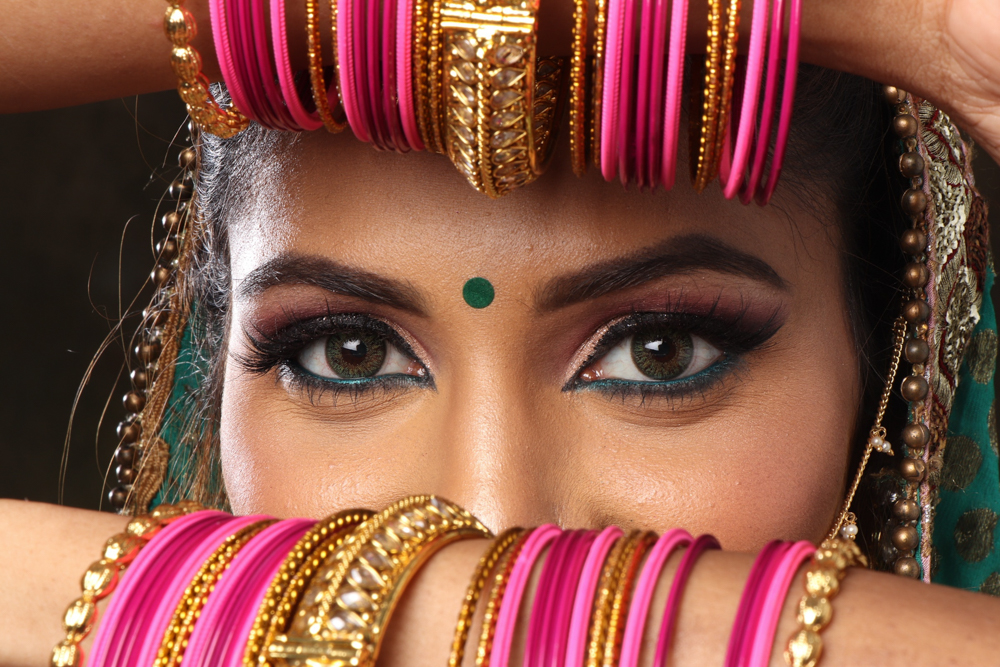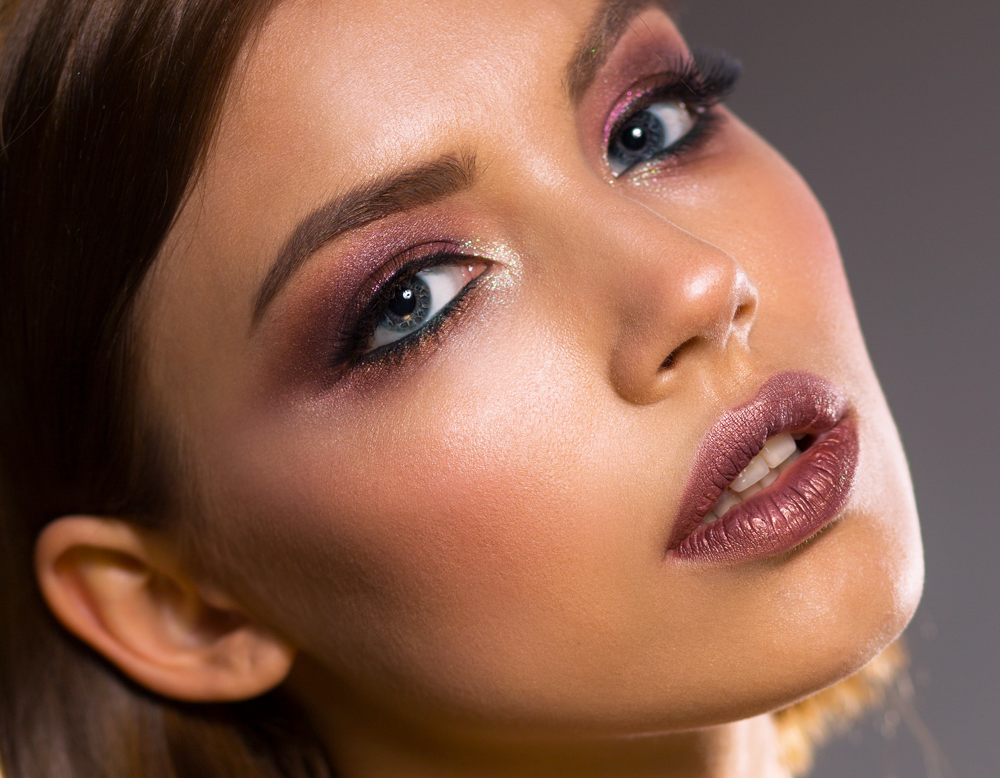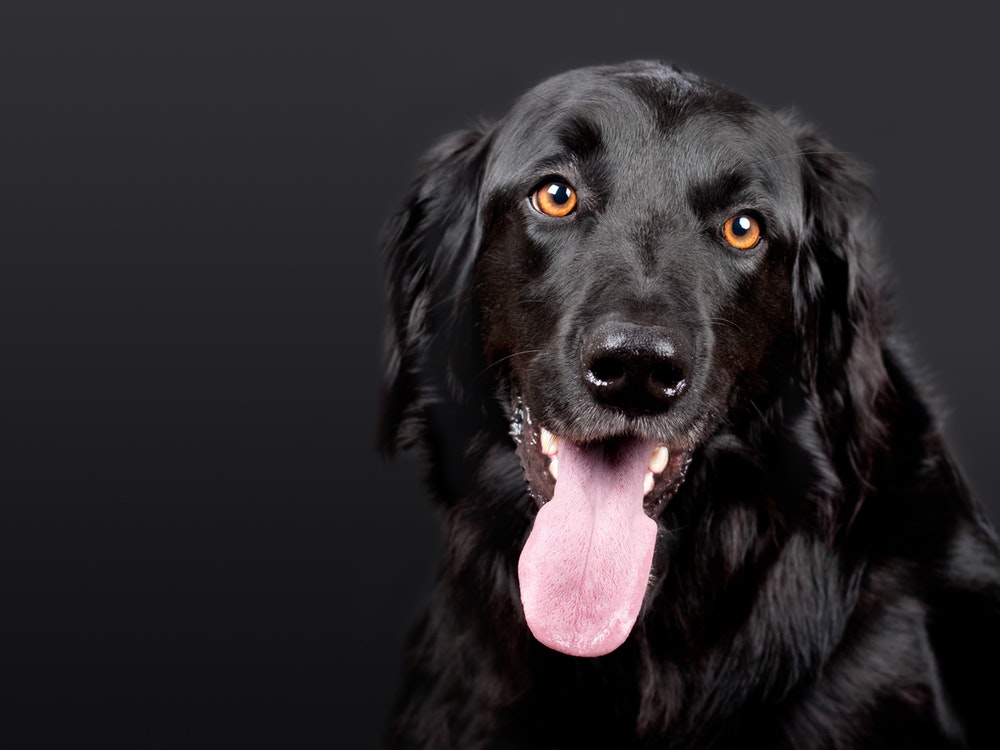We have heard this all the time about portraits. The eyes have it all…The eyes speak so much…They can make or break a portrait! Without sharp eyes in a portrait, no other feature can help a portrait work because the eyes are what draw the viewer into the image and it is the eyes that communicate emotions in a portrait.
We have all been in situations where we go home after a shoot and get disappointed with the number of images that have everything perfect but the eyes out of focus or not sharp.
So every time you shoot portraits, have the eyes in sharp focus – getting that right is not an easy task especially if you are shooting at wider apertures. In order to get the best out of your camera, you need to understand your camera's focusing system to get the focus right in the first place.
Know Your Camera – Most photographers fail to read their camera manual – thinking that the manual has nothing more to tell us than what we already know, especially the technical part.
Read the manual to understand your camera’s autofocus system or watch a few Youtube Videos relating to your camera’s autofocus system. Every camera is different and with different lenses, the same camera’s autofocus system can behave differently.
Here Are Some Ways In Which You Can Get Sharper Eyes In Your Portraits:
1. Get It Right In The Camera While Shooting: As a photographer, we know that getting the focus right in the camera is highly important because no amount of post-production can save blurry or unsharp eyes. Focusing plays a very important role here and be sure to focus right on the eyes.
If you are struggling with focus and if you are shooting subjects who would pose for you, then it is better to put the camera on a tripod, use live mode, zoom into the area of the eyes and get the focus right. It is best practice to use a single focus point rather than multiple focus points and use manual focus to get tack sharp focus. Make sure that both the eyes of the subject are in the same focal plane to get both the eyes sharp / in focus.

Image by Prabhash Sahu
2. Shoot Using Correct Aperture Values: It has become a fad shooting portraits at the widest aperture possible, but unless you are an expert in getting the focus right, wider apertures like f1.2 or f1.4 may disappoint you.
Moreover, lenses are not very sharp at their widest apertures – for example, the f1.2, f1.4 lenses; so try to stop down the aperture at least by a stop or two. Start practising using at least f2.8 and then go for wider apertures as you gain experience.
In cases where the person is looking straight into the camera, using wider apertures will not be much of a problem, but if you are composing a shot where the subject is not looking straight into the camera, it is wise to choose narrow apertures like f3.5 to f5.6 to get both the eyes in focus. If you really want to use wider apertures, then have the focus on the eye that is closest to the camera.

Image by Gromovataya
3. Use The Right Shutter Speed: When shooting subjects for portraits, a slight movement either of the subject or the camera is going to cause damage to the sharpness of the image. In order to avoid this, it is best to shoot using a reasonable shutter speed. Make sure that you have the shutter speed greater than 1/focal length.
For example, if you are using a 50 mm lens, make sure that your shutter speed is greater than 1/50 on a full frame camera and greater than 1/75 for a crop sensor camera (the crop factor needs to be taken into account here). Slower shutter speeds especially indoors or in low light conditions can make the image less sharp. In general, it is best not to go below 1/125 at all times.
4. AI Servo Or AF-C When There Is Movement: When shooting children, pets or other moving subjects, AI Servo (Canon) or AF-C (Nikon) can come to the rescue. You set the focus on the eyes of the subject by half-pressing the shutter button and the camera will continuously track the focus for you if the subject moves – this way you do not lose focus on the eyes.

Image by Chiemsee2016
5. Boost The Sharpness In Post Production: Do not rely on post-production for making the eyes sharper. Post-production can be used as a tool to make already sharp eyes pop out and add more life to them.
Use an adjustment brush to brush just the eye and slightly increase sharpness, contrast and saturation. If the eyes look dull, you can do a bit of whitening to brighten them up. Be careful not to overdo these processes and keep the look natural.

Image by Pezibear
Other Quick Tips:
- Illuminate the eyes well for sharp eyes and good catchlights
- Use back button focusing so you can lock focus till you release the shutter
- Most importantly, check that your diopter is set correctly
If you wish to truly master portrait photography and produce your own inspiring, memorable images, that convey real meaning and emotion, you should check out The Art of Portrait Photography by Photzy to discover the insider secrets used by professionals.
Further Resources:




